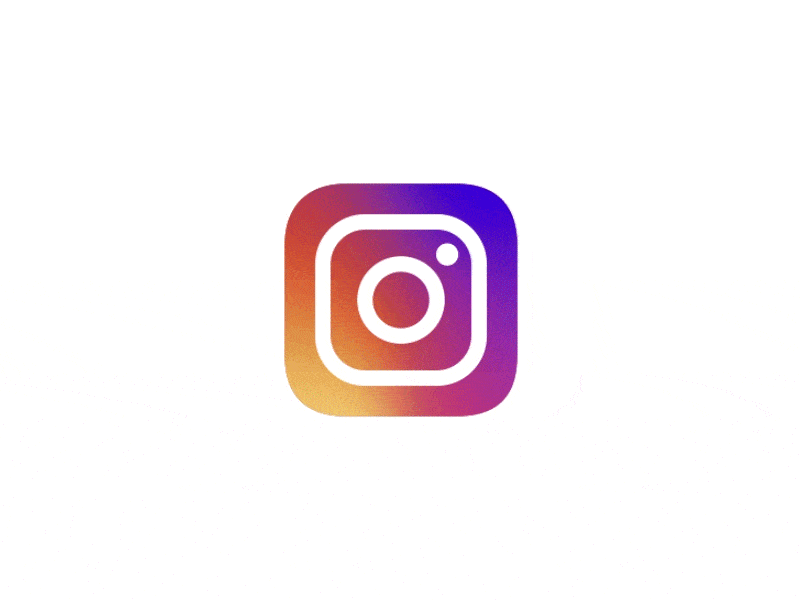Why Is Design So Important?
“What is design?” It sounds simple, but sometimes, the simplest questions are the biggest. You might as well ask, “what is the meaning of life?”
If you were to survey twenty different designers, they would all give you a different interpretation of what website design means to them.
Fortunately, it seems like our good old friends Merriam-Webster have a pretty solid understanding of design: to create, fashion, execute, or construct according to plan.
Dictionary definitions never tell the full story, do they?
What is Good Web Design?
Good design is like good art – everybody has a different opinion.
Great design doesn’t always have to be the loudest and brightest poster or the fanciest modern UI the world has ever seen.
In general, good design is simply the ability to portray your message the best way possible. One of my favorite quotes is this one from Joe Sparano:
“Good design is obvious. Great design is transparent.”

This can be (and has been) interpreted a lot of different ways, but in the eyes of a designer, it means that when your design is good, everyone likes the design and basically understands the core message. With a great design, though, people only see the message.
Here’s why design is important: great design makes it easier for customers to use your website, attracts the right people to your brand, and conveys your brand values in a matter of seconds. Thoughtful, professional web design gives a company’s customers a better experience, and what’s good for your customers is good for your business.
When a business pays attention to design, the results are measurable profits.
Design Trends and Changes
Design is very personal and individual.
It’s a good thing, too, because it would be awful if every company’s website looked the same.
The minimalist approach is popular right now – we’ve seen a big shift in design as businesses have moved away from busy, colorful pages full of content in favor of lots of whitespace, simple messaging, and pages that are elegant, functional, and direct.
While the minimalist trend isn’t necessarily right for every business, it’s also not a good idea to hang onto dated designs from the early 2000s.
Changing your image can be challenging. Do you remember the Instagram controversy? When Instagram changed their branding, everyone and their mother lost their mind.
Instagram’s change, in essence, was an effort to fit in with the flat designs that are popular right now in the tech world.

This really ticked off a lot of people, though, because that little Instagram camera picture was so iconic. Literally, it was an icon.
But changing that icon doesn’t tell the whole story.
Instagram acquired three different companies – boomerang, hyperlapse, and layouts – and they needed some way to seamlessly integrate them with the rest of the company.
They did the smartest thing for their business and changed the branding structure of each different section to flow as one cohesive unit.
That’s not even the best part:
When Instagram changed their logo, Facebook hit the jackpot.
On every social media platform, Instagram was the trending topic. Everyone had something to say about the new look.
Remember:
There is no such thing as bad publicity.

Why is Design So Important?
Entrepreneurs are proud of their businesses, rightfully so.
Shouldn’t their image reflect that?
You wouldn’t show up to a red carpet reception in cheap jeans and a tee shirt – you’d dress to impress, because all eyes are going to be on you.
Design is that red carpet outfit. It’s what the world sees when all eyes are on you, and the quality of your design reflects on the quality of your business.
But it’s even more than that:
It’s a state of mind.
It’s an approach to a problem.
It’s your winning strategy to give you that all-important competitive edge.
Good design doesn’t happen overnight; it takes hours upon hours of brainwork before a designer can even get started on your project. He or she has to consider your company, your marketing strategy, your message, your brand’s personality, your customers’ personalities, your unique challenges, your competitors…
Nathaniel Hawthorne said:
“Easy reading is damn hard writing.”
That applies to design, too.
Easy-to-use, elegantly simple results are damn hard designs. They’re worth the effort, though.

